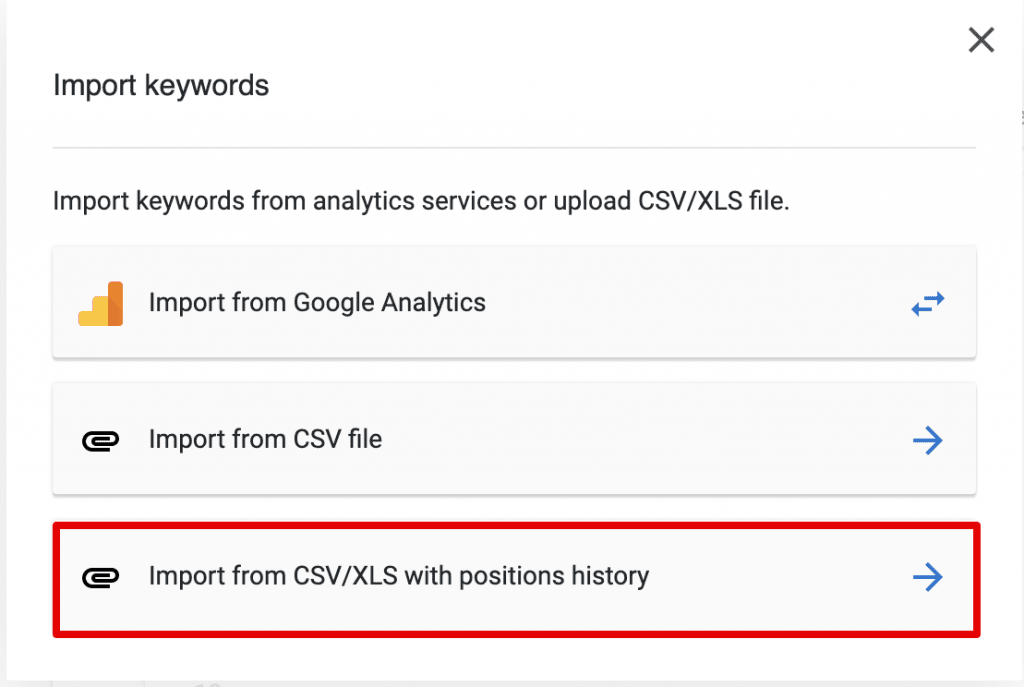
Import keywords into atlasti pdf#
One interesting aspect of this is that when you convert your document to an Adobe PDF, these metadata fields will also be included in the resulting file.Īdobe PDF metadata can also be edited or filled using Acrobat Pro. You can enter basic information such as author(s), title, status, tags/keywords, and comments. Ideally, one literature could fall into more than one Document Group, depending on its characteristics (see figure 2).Microsoft Office (and other similar software) allows you to fill metadata fields within the File > Info > Properties menu. Interestingly, ATLAS.ti enables the grouping of such literature into designated Document Groups, which in turn allows for comparing cross cases. Very often, we will find that the literature we have in our project actually have shared characteristics, such as authored by the same person, or in the same year, or published by the same journal, or engaged upon the same research methodology, or other shared characteristics out there. Classifying Bibliographic Records into Document Groups Method 3 – Drag the selected document(s) from your computer and drop onto the interface of ATLAS.ti 8 Windows.

The following options are similar to Method 1 above. Method 2 – In the Documents Manager, choose the ‘Documents’ tab, and click on the ‘Add Documents’ button. We can add individual or selected documents (by choosing the option ‘Add File(s)) or all documents in selected folders (by choosing the option ‘Add all from Folder’). Method 1 – Choose the ‘Home’ tab, and click on the ‘Add Documents’ button. We can add our literature as Documents to the project in multiple ways. Options for creating and importing an ATLAS.ti project. The table below summarizes the options that we can use, depending on our situation:įigure 1. When we want to create a project in ATLAS.ti, there are multiple options we can choose from. John & Smith (2011), How Sports Help Athletes This is significant especially when we are generating the textual report of our reading in due course. If we wish, we can also add the document title or the publication name for additional information for easier reference. Tips on naming the literatureĪlthough there is no hard and fast rule on naming the literature to be added to ATLAS.ti, it is always recommended to name our literature with as much information as possible, particularly the author’s name and the year of publication. We can easily scan and convert them into any of the supported softcopy formats for the purpose of importing them into ATLAS.ti. Sometimes, we end up with hardcopy documents such as texbooks or handout materials.
Import keywords into atlasti windows#
These file formats for your literature are all supported to be imported into ATLAS.ti 8 Windows as Documents. txt) and sometimes in media (e.g.png and. Multiple file formats supportedįirst and foremost, it is important to note that we tend to get our literature in multiple file formats, such as textual (e.g.pdf. This is an important step because ATLAS.ti serves as a management tool for the literature for your research project. This step involves the collection of literature for the purpose of review, and adding the literature into ATLAS.ti 8 Windows. The three main steps, as highlighted below, are (1) preparing your literature for review, (2) going through the literature, and (3) creating reports for the literature review.

Either you are reviewing literature in a topic that you are already familiar with, or a new cold topic that you just began researching on, rest assured that the various features of ATLAS.ti would be able to assist you in preparing the literature review. This article gives an overview of the 15 essential tips divided into three main steps for doing literature review using ATLAS.ti 8 Windows. The ATLAS.ti 8 Windows contains amazing features for assisting researchers in doing academic literature reviews.


 0 kommentar(er)
0 kommentar(er)
